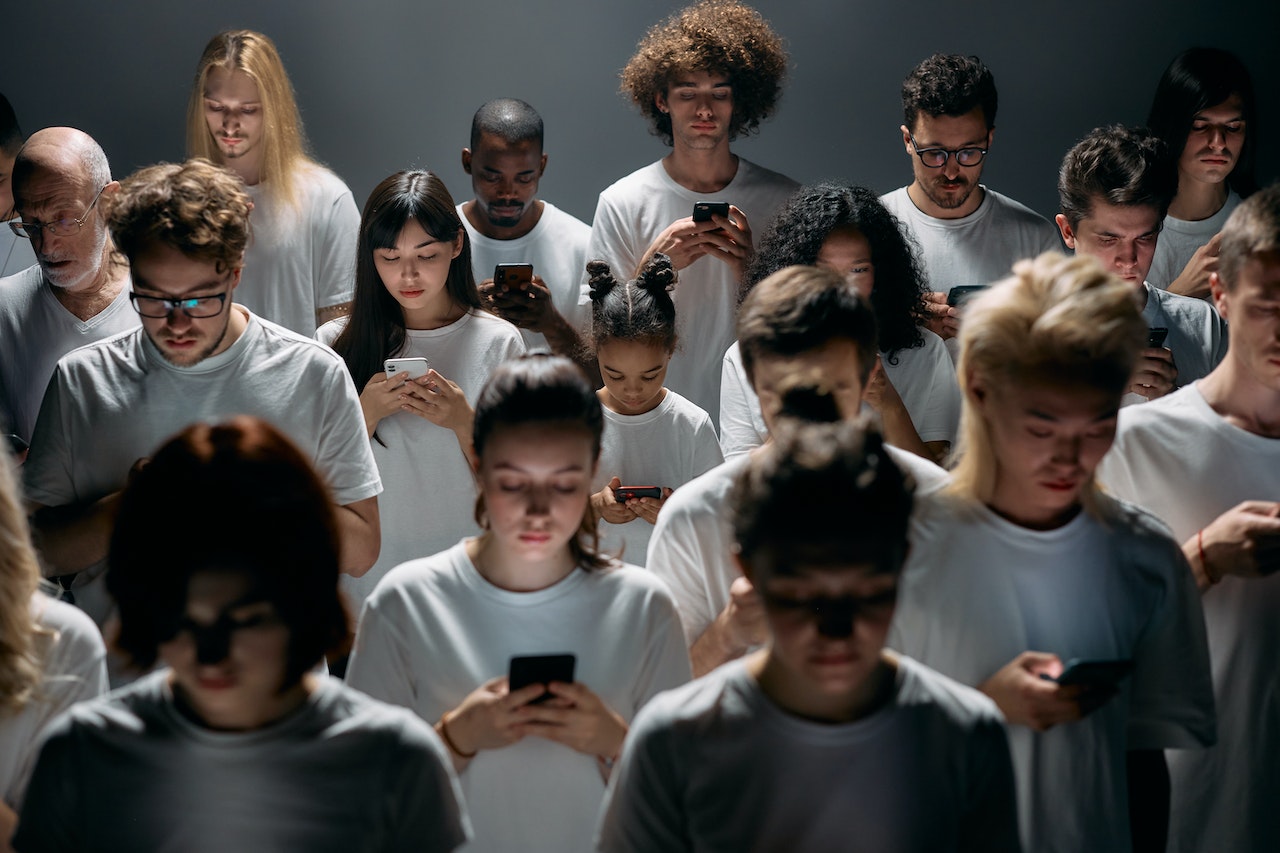Let’s evaluate some commonly expressed views on digital versus traditional marketing:
True or False?
- Digital is just another channel, like TV or print.
- Nothing fundamental has changed.
- Digital marketing is an extension of core marketing principles.
My answers:
- False: For the first time in marketing history, information is flowing back and forth in multiple directions. Anyone can now be a communicator and content creator and therefore, a marketing influencer, which makes it hard to call digital just another channel.
- Mostly false: This gets into the semantics of what “fundamental” means. But when hallowed concepts such as the 4P’s and customer journeys get altered in fundamental ways (more on this below), one would have to mostly disagree.
- True: Obtaining customer insights and communicating and delivering customer value are still at the core of marketing.
So, how has marketing changed in the digital era? Here’s my top 12 list – both strategic and tactical.
TOP 12 DIFFERENCES : Traditional and Digital Marketing
1. The product may be co-created with the customer.
The Old: The company conducted extensive customer research, gained insights into customer needs, and built and launched a product
The New: Before the product is built, multiple versions of an idea are test-promoted on Google, Facebook, and a temporary web page. The audience response to these experiments shapes the ultimate product, packaging, and pricing – or kills the idea entirely.
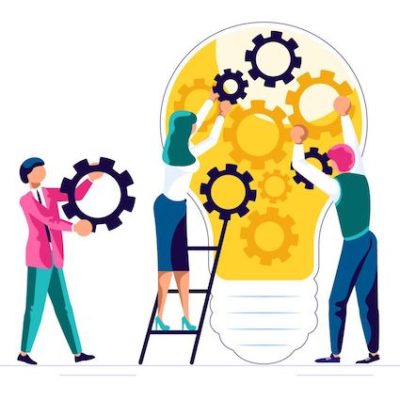
Takeaway: Inexpensive online experiments that measure customer response lower risks and costs massively in advance of committing significant resources to product development and marketing.
At Indiginus, we helped an ed-tech startup run statistically valid tests of multiple products and pricing options using real-world promotions on Facebook, Instagram and Google, well before they had started developing a product. Clicks on the ‘buy’ button on their dummy website told them which option was favoured by prospective customers, and to what extent. This is strategy by experimentation, not strategy by PowerPoint.
2. Digital prices fluctuate more frequently.
The Old: The company would set pricing that remained stable for relatively long periods of time and across customer segments.
The New: First-time buyer? Get 10% off. Left something in your shopping cart? Get a nudge with a 5% discount. Not happy with the quoted price on your AirBnB? Contact the seller and make an offer.
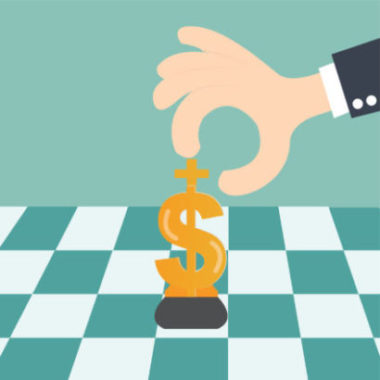
Takeaway: While hotels and airlines have long had dynamic pricing, the digital space has accelerated the frequency of changes and extended this approach to many more industries. Pricing can fluctuate by segment, behaviour, and context. You are far less likely to see discount offers for commodity goods when browsing the web on your shiny new iPhone, than the person on a low-end Android phone.
3. In digital, traditional notions of ‘place’ and ‘promotion’ get re-defined to leverage consumers and communities.
The Old: You distributed your products through company stores or retailers while marketing them through TV, radio, and print.
The New: AirBnB delivers its services via homes owned by regular people, unlike hotel companies that own real estate. With 3-D printing, products will be manufactured and distributed in homes. Meesho leverages homemakers’ social networks for marketing.
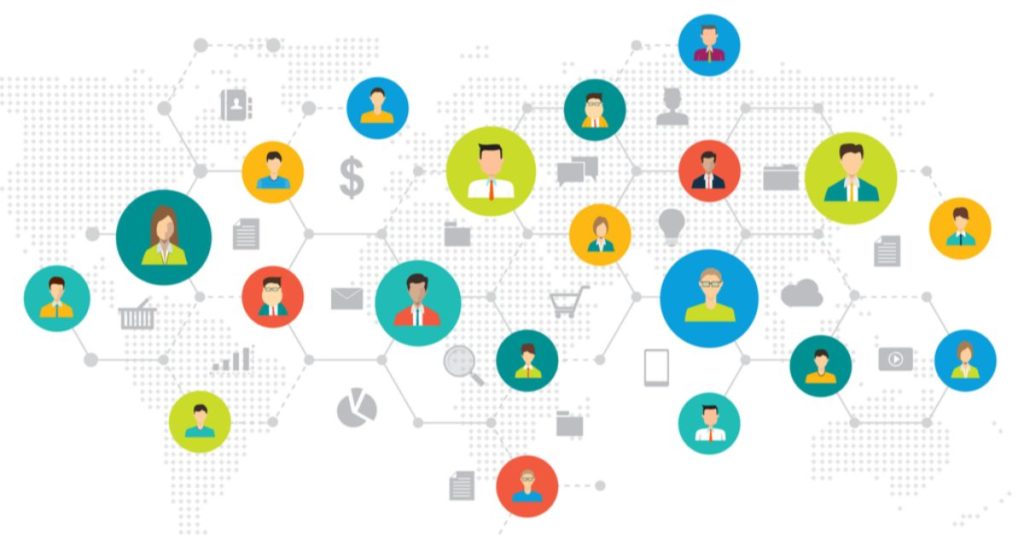
Takeaway: Internet connectivity, APIs and social media make it simple for anyone to ‘set up shop’ or become a marketing channel. If you’re stuck thinking along the lines of only traditional channels, you miss the opportunity to leverage the internet population’s inexpensive, far-reaching and targeted reach and influence.
4. Besides targeting segments, you can also target specific behaviours in digital.
The Old: To sell a luxury watch, you defined and targeted an HNI segment. To sell an affordable watch, you targeted a middle-class segment.
The New: Besides targeting the middle-class with inexpensive watches, you also target anyone Googling for one – in other words, based on behaviour. Whether they are a middle-class person buying for themselves, or an HNI rewarding a junior employee, is not your concern.

Takeaway: Segments remain important for focusing your brand, product development and marketing, and for targeting on digital platforms such as social media.
But digital also allows you to target niche segments that are adjacent to, or a subset of, your main segments. In addition, you can target dynamic segments that get updated automatically in real-time – such as prospects who have visited your website many times but never purchased. Or you can target specific behaviours such as search terms or abandoned shopping carts.
5. Digital breaks down the marketing-sales divide.
The Old: The customer saw your advertising on media such as TV or print. Days, weeks, or months later, the customer entered your store to buy.
The New: The customer sees your advertising on a mobile device and clicks through on the same device, often immediately, to enter your store and buy.
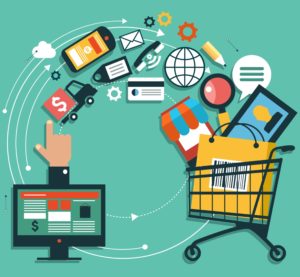
Takeaway: The digital user doesn’t differentiate between your ad and your website – both are your brand’s experience, and both are viewed through on a mobile screen. They just want a consistent experience and communication from promotion to purchase.
But the marketing/sales-experience divide persists for legacy reasons in many organizations, resulting in a broken digital journey for customers. The ad says ‘potayto’, but the user lands on the site to find ‘potaato’, and calls the whole thing off.
6. The customer journey is different, and messier, in digital.
The Old: Awareness drove consideration drove purchase; the company was the main source of information for the consumer along the journey.
The New: Awareness, consideration and purchase collapse as one in a Whatsapp recommendation from a trusted friend imploring “You HAVE TO get this NOW!”.
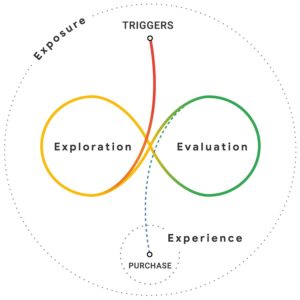
Takeaway: Customers have many more information sources in the consideration stage including review sites, influencers and friends. Multiple information sources and ease-of-buying mean the journeys are not as linear and neat as they used to be, according to Google’s research and its resulting messy middle framework.
As your customers are newly armed with the power to share and recommend, the end goal in their journey from a marketer’s perspective is not purchase, but rather, advocacy.
7. The marketer promotes in the physical world but converses in digital.
The Old: Promotional messages flowed in one direction, with the only real opportunity for conversation happening in stores or on support lines.
The New: The interactive back-and-forth in digital consumer journeys is analogous to conversations – a Google search is a conversation starter that gets a targeted ad in response; clicking through on the ad signals ‘tell me more’ and the website responds with relevant and detailed information.
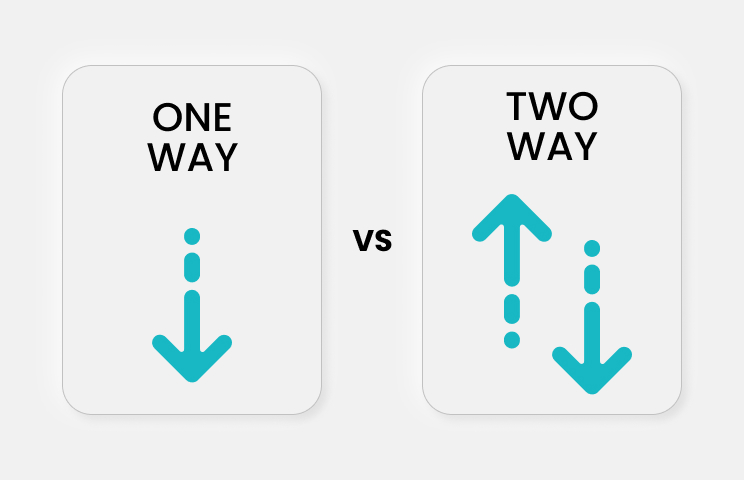
Takeaway: All of digital marketing and experience can be viewed as multiple simultaneous conversations with prospects and customers. Maintain the thread of conversation using relevant content and marketing automation, and you have the opportunity to acquire and retain the customer.
8. Knowledge of marketing technologies has become critical.
The Old: As a marketer, it was enough to know the basics for producing something for TV or print. You worked with production vendors and sent the finished ad to the broadcaster or magazine. The rest was up to them.
The New: You can’t just hand off campaign execution to Google or Facebook – you need to manage targeting, bidding and optimization in gory detail, and keep at it well after the ads are live.
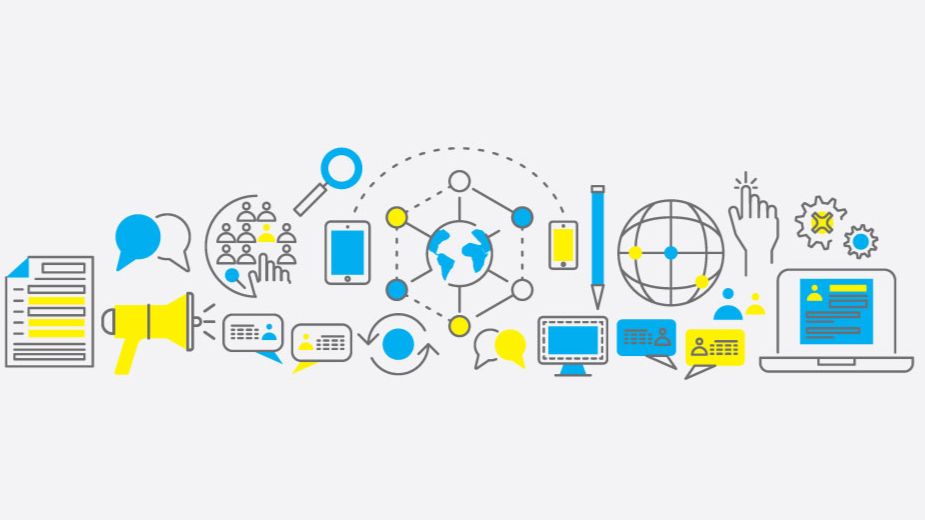
Takeaway: As a marketer, you have no choice but to know the details of digital marketing platforms. You may choose to specialise in specific ones, or be a generalist who knows enough details about several, but no matter what, you can’t be spared the details.
9. Data is immediate, granular and more accurate, and therefore compels a faster response.
The Old: Sales rose in conjunction with advertising – but how much could be attributed to various channels, leave alone specific creative, was a matter of assumptions, rough correlation and your powers of persuasion in conference rooms. Results were analysed and learnings taken forward for the next marketing cycle.
The New: The digital marketer can tell if mobile users buy more than those on desktop; which time of day is optimal for conversion; which creative within which campaign and on which advertising platform is driving the most profitable acquisition; and which specific products and value proposition a given prospect is interested in.
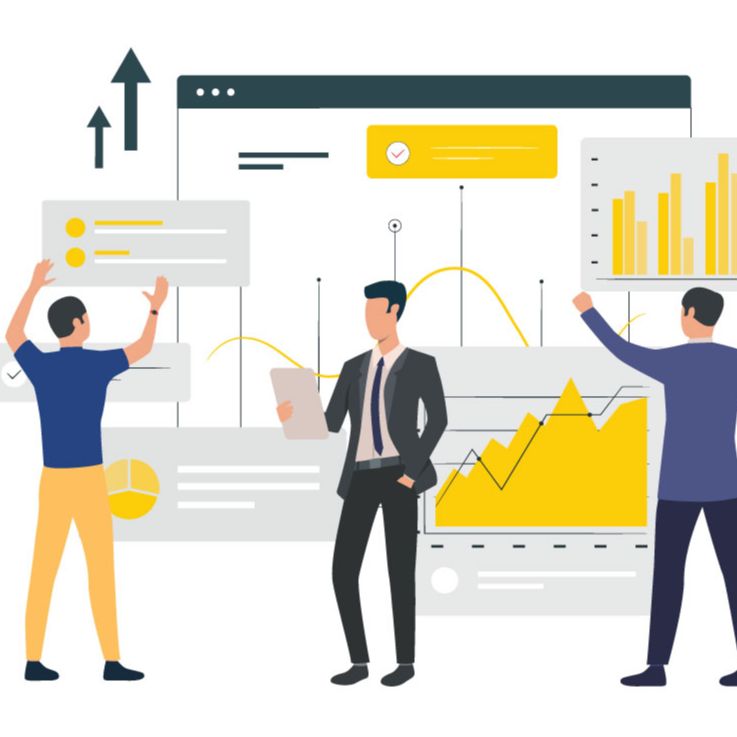
Takeaway: Data is the new voice of the customer, and it speaks fast and furious. Continuous data analytics and campaign iteration equals success in winning customers over the competition.
This is another example of how digital is not ‘just another channel’. A digital lead carries far more information about the prospect than a traditional store walk-in. Smart marketers leverage this information for profiling and targeting, and save it in their CRM for future use.
10. Customer experience is more complex and dynamic, and therefore a more important factor in your marketing success.
The Old: You designed a print ad; got feedback from focus groups; produced and ran it; done. A company store was designed and built; products were displayed and signage installed; done.
The New: Run multiple versions of the funnel – from marketing creative to landing pages, to lead capture forms, to the checkout process. Ensure it works well across multiple devices, screen sizes, and browsers. Make the lead capture form interesting and conversational to keep the user engaged. Analyse bounce rates, click maps, heat maps, scroll maps, time on page and conversion rates at each step of the funnel. Iterate. Never done.

Takeaway: It took my father 5 minutes to explain to my younger self how to read the newspaper – front page for the most important news; sports in the back; column numbers to help find the rest of the article. I don’t even remember how I learned to watch TV.
The consumer experience of online media is far more complex by its very nature, with a huge diversity of journeys. Marketers who employ behavioural psychology, detailed experimentation and analytics to optimise custom journeys for multiple segments and behaviours will win out over the competition.
11. The road to success goes through multiple experiments and failures.
The Old: You invested in extensive research to inform marketing; selected a creative concept and execution that aimed for success, and sold it internally with great conviction (or the pretense of it). After some consumer testing, you launched – and prayed.
The New: A short period of customer research and past data informs marketing hypotheses which are turned into experiments on marketing platforms and one’s website. The path of experimentation, littered with the debris of failures, solidifies marketing strategy and execution. This is what Silicon Valley means by failure tolerance.
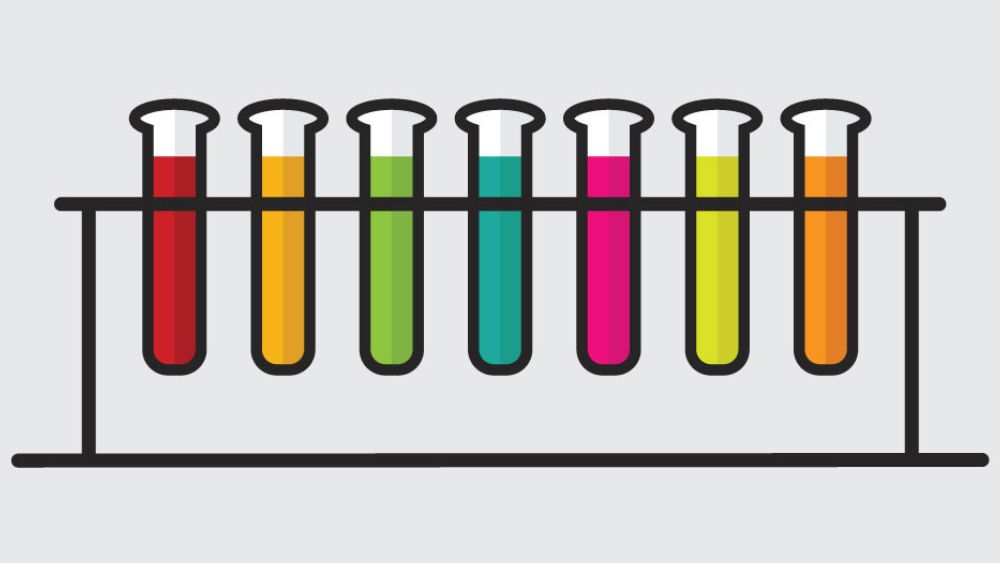
Takeaway: “Companies need to kiss a lot of frogs…to find a prince,” according to Ron Kohave of Microsoft (now at AirBnB) and HBS professor Stefan Thomke. Insights-driven hypotheses, smart experimentation design, rapid velocity of execution, failure tolerance and iteration are the key to marketing success in the digital world.
12. It takes a village team (of many skills).
The Old: Strategy, research, creative, copy, media planning were the core skills required.
The New: Today, in addition to the above, teams need to have organic and inorganic marketers, marketing platform specialists, content creators and copywriters, data analysts, digital product managers, user experience designers, and software engineers. Some are even adding behavioural psychologists to the mix, and some companies are hiring editors-in-chief!
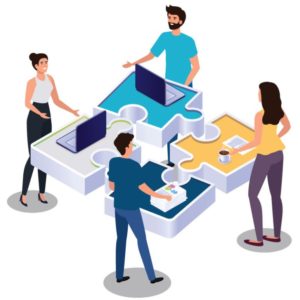
Takeaway: Marketing today, more than ever, requires cross-functional skills that work together to create a compelling whole for consumers. Marketing was always a team sport; digital marketing, even more so.




